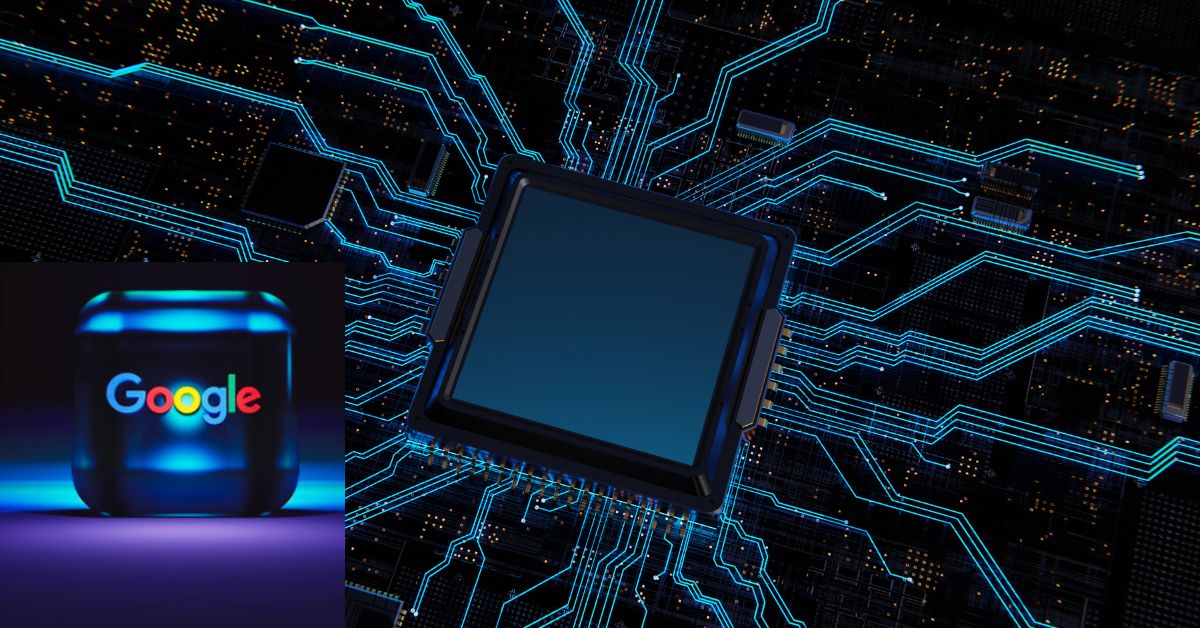Google has taken a groundbreaking leap in quantum computing with the unveiling of its latest Quantum Chip Processor, Willow. The chip demonstrates computational capabilities that far surpass even the world’s fastest supercomputers, marking a pivotal advancement in the field of quantum technology.
A Leap Beyond Classical Computing
The Willow processor achieves a benchmark computation in less than five minutes—a task that would take the fastest classical supercomputer an estimated 10 septillion years to complete. To put this staggering number in perspective, 10 septillion exceeds the current estimated age of the universe.
This unprecedented achievement highlights Google’s commitment to pushing the boundaries of computational science. According to a study published in Nature, the milestone represents a significant step in addressing quantum computing’s fundamental challenge: reducing error rates as the systems scale.
What Makes Willow Unique?
Error Correction: A Quantum Breakthrough
Quantum computing has long struggled with error rates, where 1 in every 1,000 qubits may fail during calculations. In contrast, classical computers exhibit errors only in one out of a billion billion bits. Willow leverages advanced error-correction methods, integrating 105 physical qubits into “logical qubits” to ensure consistent computation despite individual qubit failures.
Exponential Error Reduction
The Willow processor has achieved a fivefold improvement in coherence times, now reaching up to 100 microseconds. This leap forward is attributed to innovations in machine learning, device fabrication, and calibration techniques. These improvements pave the way for scaling quantum systems while maintaining computational accuracy.
The Vision Ahead
Google Quantum AI’s director of quantum hardware, Julian Kelly, emphasized the team’s goal of achieving a logical qubit error rate of one in a million. This ambitious milestone will require the integration of 1,457 physical qubits per logical qubit. Following this achievement, the next phase involves connecting multiple logical qubits to tackle practical, real-world problems.
Willow also represents a fulfillment of a vision laid out by computer scientist Peter Shor in 1995, who first theorized the potential of quantum error correction. By addressing this long-standing challenge, Willow sets the foundation for developing quantum systems capable of solving problems beyond the reach of classical machines.
From Benchmarks to Real-World Applications
While the Willow processor has demonstrated exceptional computational performance in benchmarks, Google Quantum AI’s focus is now shifting to practical applications. The ultimate objective is to harness quantum computing to revolutionize industries such as drug discovery, logistics, and cryptography, among others.
Conclusion
Google’s Willow quantum chip isn’t just a technological achievement; it’s a glimpse into the future of computing. By addressing key challenges in scaling and error correction, Willow brings us closer to unlocking the full potential of quantum systems—heralding a new era in computational science.
FAQs on Google’s Willow Quantum Chip
1. What is Google’s Willow quantum chip?
The Willow quantum chip is Google’s latest advancement in quantum computing, capable of performing computations in minutes that would take classical supercomputers billions of years.
2. How is Willow different from traditional quantum chips?
Willow introduces advanced error-correction strategies, integrating physical qubits into logical qubits, allowing stable and scalable quantum computations. It also boasts a fivefold improvement in coherence times compared to its predecessor, Sycamore.
3. What is a qubit, and why is it important?
A qubit, or quantum bit, is the basic unit of quantum information. Unlike classical bits, qubits can exist in multiple states simultaneously, enabling quantum computers to perform complex calculations more efficiently.
4. How does Willow address error rates in quantum computing?
Quantum systems typically face high error rates due to unstable qubits. Willow uses error-correction techniques to minimize inaccuracies, achieving an exponential reduction in errors.
5. What are the practical applications of Willow?
Willow’s advancements aim to solve real-world problems in areas like:
- Cryptography
- Drug discovery
- Materials science
- Logistics optimization
6. What is the significance of coherence time?
Coherence time refers to how long a qubit can maintain its quantum state before losing information. Willow achieves up to 100 microseconds of coherence time, enabling more reliable computations.
7. What is a logical qubit, and why is it crucial?
A logical qubit is a cluster of physical qubits designed to perform computations without being affected by errors in individual qubits. Logical qubits ensure stability and scalability in quantum systems.
8. What are Google’s future goals for Willow?
Google aims to achieve an error rate of one in a million for logical qubits and develop systems capable of linking multiple logical qubits to solve industry-scale problems.
9. How does Willow contribute to quantum computing milestones?
Willow demonstrates exponential error reduction, fulfilling a prediction by Peter Shor in 1995. It sets the foundation for quantum computers to transition from benchmarks to solving practical challenges.
10. When will Willow be available for commercial use?
Google has not yet disclosed a timeline for the commercial availability of Willow. Current efforts focus on research, error correction, and scalability for future applications.
11. How does Google’s Quantum Chip ‘Willow’ benefit students?
Google’s ‘Willow’ chip showcases advancements in quantum computing, inspiring students to explore quantum error correction and pursue careers in cutting-edge computational sciences.

